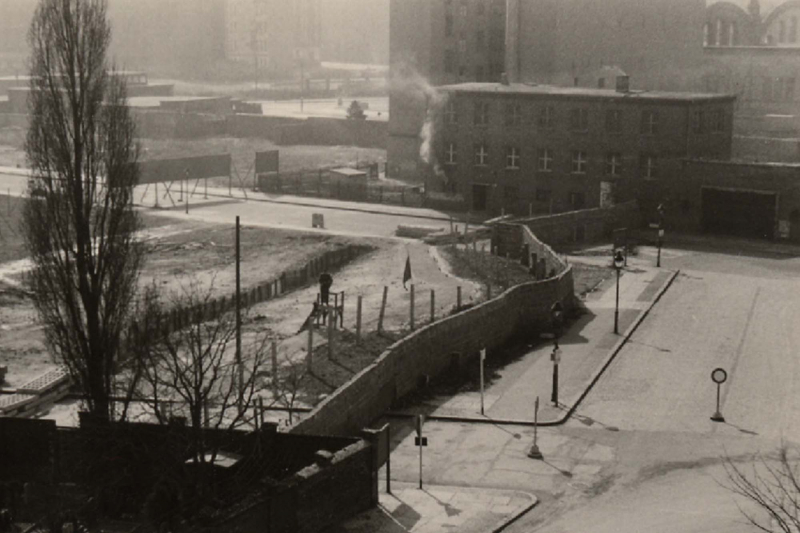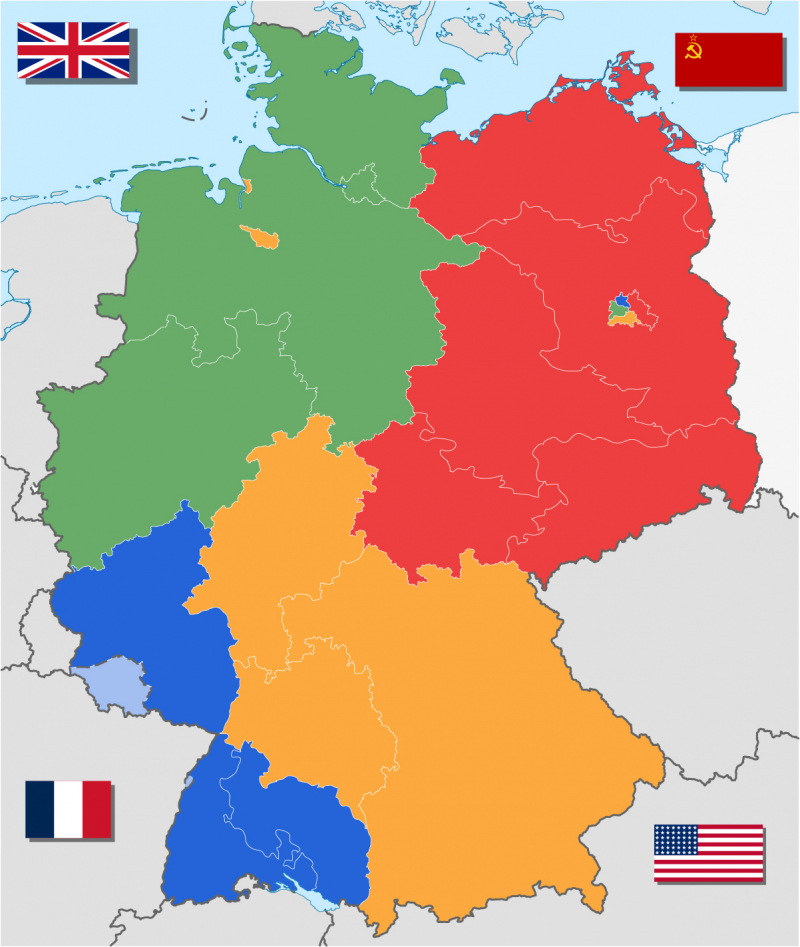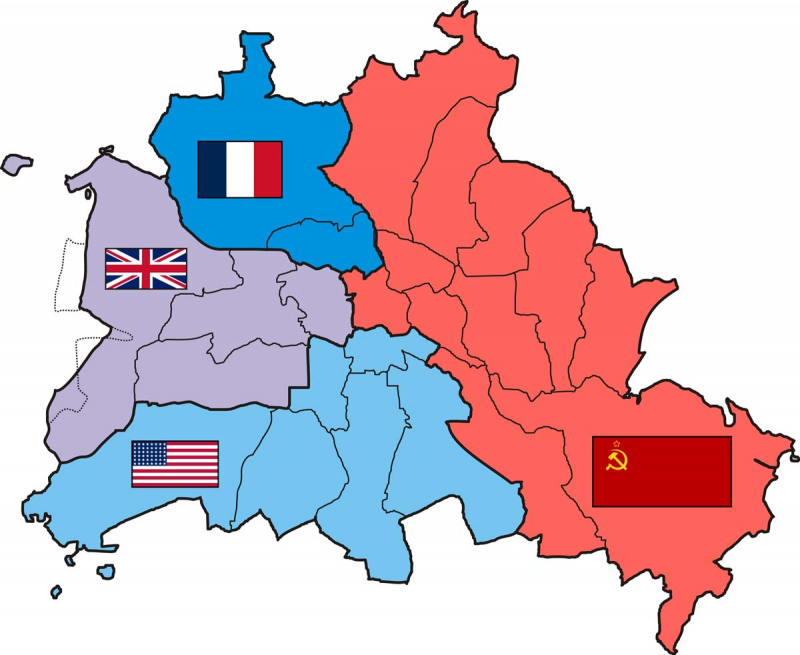Building of the Wall
Picture comparison
View of the border strip at Nordbahnhof in 1961 and 1962. The border house was demolished shortly after the Wall was built in October 1961. © Stiftung Berliner Mauer, Foto: Günter Malchow
You are now standing on Bergstrasse. This is the only street in Berlin that is still divided by the Wall. From August 13, 1961 to November 9, 1989, all of Berlin was divided by the Wall.
After World War II, the countries that had defeated Nazi Germany occupied the country and divided it into four occupation zones. This led to the establishment of the Federal Republic of Germany (West Germany) and the German Democratic Republic (GDR, or East Germany). Berlin was situated in the Soviet zone, but as the former capital, it was symbolic, and therefore also divided among the four victorious powers.

Barbed wire barrier in Gartenstraße on August 13, 1961, right next to the Nordbahnhof. © ELAB, Archiv der Versöhnungsgemeinde, Foto: Beck
A mass exodus to the West that had begun in the late 1940s had reached dramatic proportions by the 1950s. A large part of the East German population did not support the new political and economic system. Moreover, West Germany, with its offer of freedom, prosperity and modernity, was very appealing.
But Berlin was a special situation. The residents there were able to move around relatively freely until 1961. Many people – referred to as border crossers – lived in East Berlin but crossed the border regularly to go to school or work in West Berlin.
On August 13, 1961, the East German government tried to stop people from leaving by closing the border to West Berlin. It hoped that this act would stabilize its control over the population and demonstrate its sovereignty to the world. But the barbed wire and walls failed to stop the exodus and it was compelled to continually expand and reinforce the border fortifications in Berlin until the end of the 1980s.

The border strip along Bernauer Strasse in 1971. © Stiftung Berliner Mauer, Foto: Gerold Betke
On the East Berlin side of the Wall, Bergstrasse ran alongside the cemetery of Sophien parish, a Protestant church congregation. Before the Wall was built, the cemetery extended to Bernauer Strasse. But in 1962, the graves there were moved and the ground was leveled to prepare for new border fortifications. A second inner wall facing east was added, along with a signal fence, anti-tank obstacles, a patrol road and watchtowers.
Graffiti on the Wall
If you look towards Bernauer Strasse at the parts of the Berlin Wall that are still standing, you’ll see a lot of graffiti on the Wall. When the Wall still divided the city, it was impossible to spray graffiti on this side of the Wall, on the east side. The Wall stood in the heavily guarded border strip and was inaccessible to the people in East Germany. Before the Wall fell, graffiti was only on the west side of the Wall.

The remains of the Berlin Wall on the memorial site. © Stiftung Berliner Mauer
Contemporary witnesses remember the building of the Wall
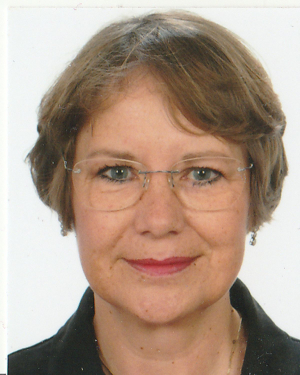
Catharina Mäge was born in 1956. Until the age of 5, she lived with her grandparents in Gartenstraße in West Berlin's Wedding district, right next to the sector border. She experienced the building of the Wall first-hand at the age of 5. About a year after the Wall was built, she returned to her father in the GDR, who was living in Dresden at the time.
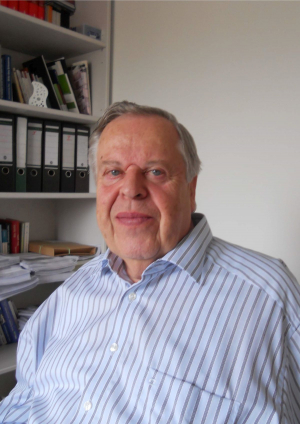
Werner Kirchert had lived with his parents at Strelitzer Straße 51 since 1953. Between 1960 and 1965, he studied economics at Humboldt University. He was 22 years old when the Wall was built in August 1961 and was able to observe the events surrounding August 13, 1961 from the comfort of his own home. In 1964, Werner Kirchert married and moved out of the apartment in Strelitzer Straße and thus out of the border area. In order to continue visiting his parents, he needed a pass.
